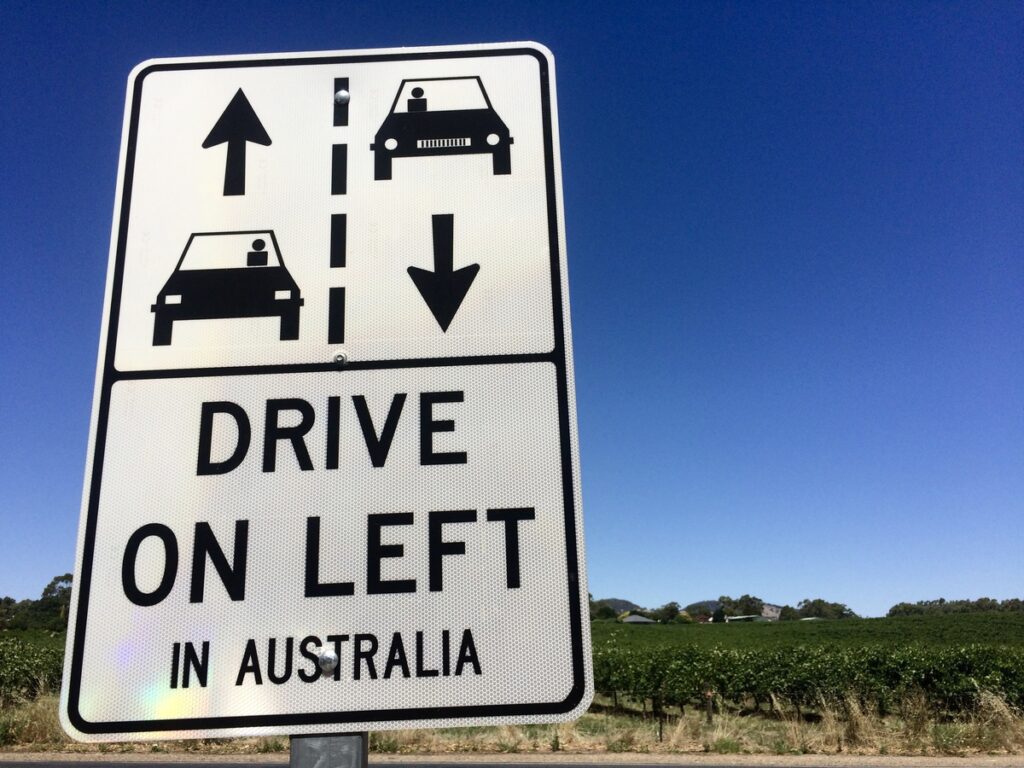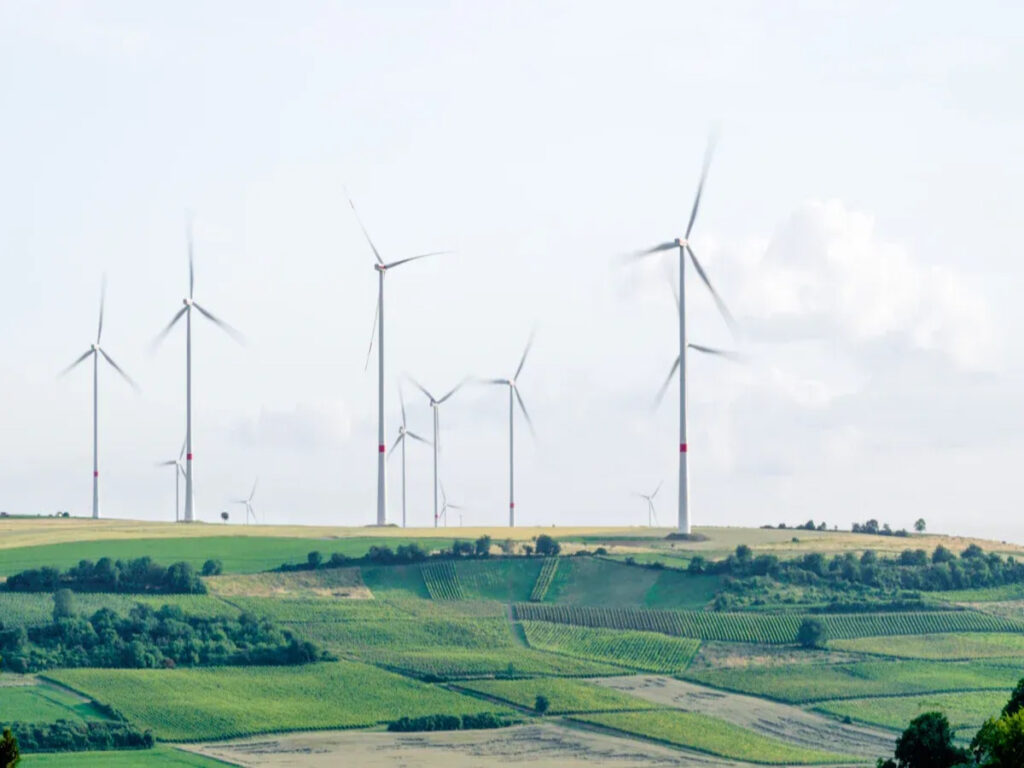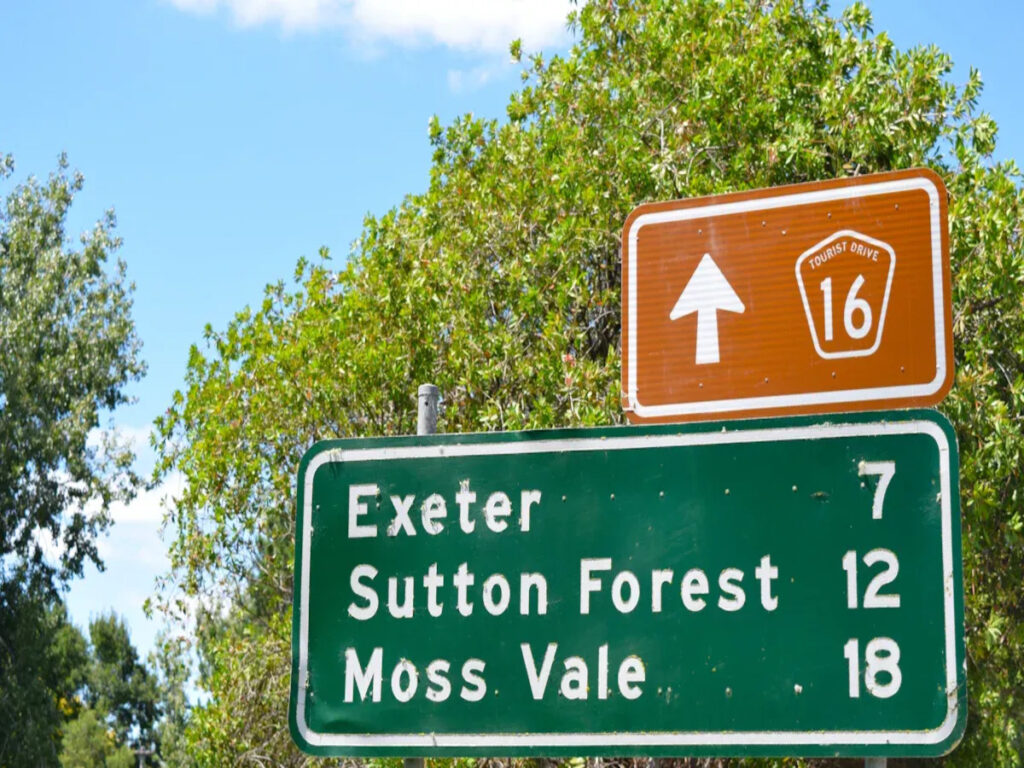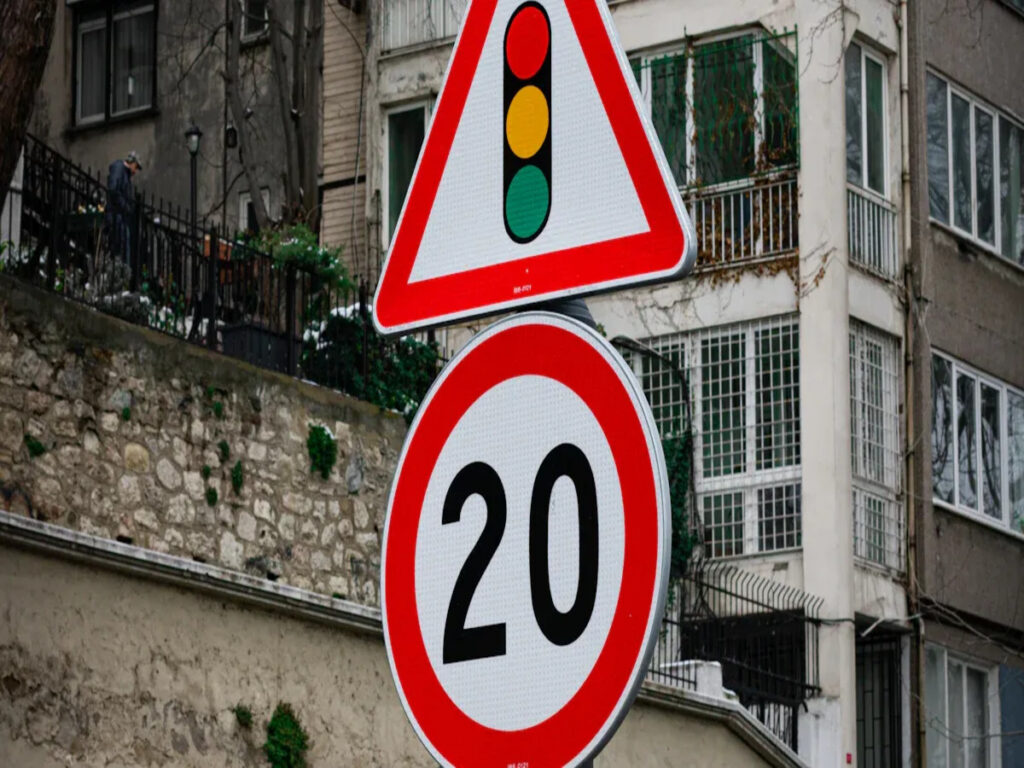معالجة مسبقًا VS Mill Finish Aluminium لتركيب علامة عاكسة

يعد المعالجة السطحية مهمة جدًا لتركيب العلامات العاكسة. نوع المعدن يتغير مدى عصي الإشارة. الألومنيوم مع إنهاء جيد يجعل العلامة تدوم لفترة أطول. كما أنه يساعد العلامة على أن تبدو لطيفة لفترة طويلة. بعض التشطيبات تبقي المعدن في مأمن من المطر والصدأ. يأتي الألمنيوم المطحون من المصنع مباشرة من المصنع. يمر الألمنيوم المعالج مسبقًا بمزيد من الخطوات للعمل بشكل أفضل. يمكن لعلامة مع أفضل الانتهاء التعامل مع الطقس القاسي في الخارج. هذا يساعد على الحفاظ على الطرق آمنة. المعدن الجيد يجعل كل علامة عاكسة تعمل بشكل جيد.
اكتشف فوائد الألومنيوم 5052-H38 لعلامات مراقبة حركة المرور

5052-H38 الألومنيوم هو الخيار الأفضل لعلامات مراقبة حركة المرور في أستراليا. إنها قوية للغاية ومقاومة للغاية للتآكل. كما يتوافق مع جميع المعايير الوطنية. يعد اختيار المواد المناسبة لعلامات الطرق أمرًا بالغ الأهمية لأنه يساعد في الحفاظ على سلامة الطرق ويضمن أن تظل العلامات مرئية بوضوح. هذا يعزز أيضًا الأداء الكلي للعلامات. يوضح الأبحاث التي أجريت في كوينزلاند أن الألومنيوم المستقر للأشعة فوق البنفسجية يمنع التلاشي والتآكل. هذا يبقي علامات التحكم في حركة المرور واضحة ودائمة, حتى في ظل الظروف الجوية القاسية. يمتد استخدام الألمنيوم المناسب عمر العلامات ويضمن الامتثال للوائح. بالتالي, تتطلب العلامات الأقل استبدالًا, المساهمة في الطرق الأكثر أمانًا للجميع.
كيفية اختيار سمك الألمنيوم لعلامات التحكم في حركة المرور على أساس حمل الرياح وحجمها

تحتاج إلى اختيار سمك الألمنيوم المناسب لعلامات التحكم في حركة المرور للحفاظ. في أستراليا, معظم العلامات, مثل علامات التوقف, استخدم أوراق الألمنيوم بين 1.6 مم و 2.0 سماكة. يعتمد السماكة على مناطق حمل الرياح, كيف تقوم بتركيب العلامة, والقواعد المحلية. إن اختيار السمك الصحيح يساعد على مقاومة الانحناء, مفرزة, والأضرار, التأكد من استمراره لفترة أطول ويلبي معايير السلامة.
كيف تشكل خيارات المواد مستقبل علامات المرور للبيع في أستراليا

اختيار المواد مهم للغاية للسلامة على الطرق في أستراليا. يستخدم السائقون علامات حركة المرور للبيع كل يوم لمساعدتهم والحفاظ عليها آمنة. الألومنيوم, فُولاَذ, البلاستيك, المركبات, وتساعد الأغطية العاكسة على جعل العلامات آمنة وسهلة رؤيتها. المزيج الصحيح من المواد يجعل علامات المرور القوية. هذا يساعد على إبقاء الناس آمنين على جميع الطرق. يحتاج المشترون إلى التفكير في كيفية تأثير كل مزيج على ظروف السلامة والطريق. يجب أن يفكروا أيضًا في كيفية تأثيره على السلامة بمرور الوقت. خيارات المواد تغير مستقبل علامات المرور للبيع. هذه الخيارات تحدد قواعد السلامة على الطرق في أستراليا.
الفئة 1W مقابل الفئة 400 لافتات عاكسة للمشاريع الدولية

تحتاج المشاريع الدولية ذات العلامات العاكسة إلى اهتمام وثيق بالقواعد. قد لا تتناسب اللافتة العاكسة لسلامة قطار الطريق في بلد ما مع قواعد بلد آخر. قد تؤدي الأخطاء في مطابقة قواعد الإشارة إلى تفاقم حالة السلامة على الطرق. عندما يعبر قطار الطريق الحدود, يجب أن تعطي العلامات تحذيرات واضحة. الدقة الفنية تحافظ على سلامة السائقين والجمهور. يؤدي التحقق من القواعد إلى التأكد من أن كل إشارة قطار على الطريق آمنة بدرجة كافية.
حيث تكون العلامات العاكسة للفئة 1W مطلوبة في مشاريع علامة الطرق الأسترالية

هناك حاجة إلى علامات عاكسة من الفئة 1W في أستراليا للحصول على أعلى وضوح وسلامة. يتم استخدام هذه العلامات على الطرق السريعة, الطرق السريعة, المناطق المدرسية, والأنفاق. تختار سلطات الطرق الفئة 1W للأماكن ذات حركة المرور السريعة, ضوء خافت, أو الطرق الصعبة. يساعد الانعكاس على نطاق واسع السائقين على رؤية العلامات مبكراً ووضوح. هذا يقلل من فرصة الخطر في البقع المحفوفة بالمخاطر.











